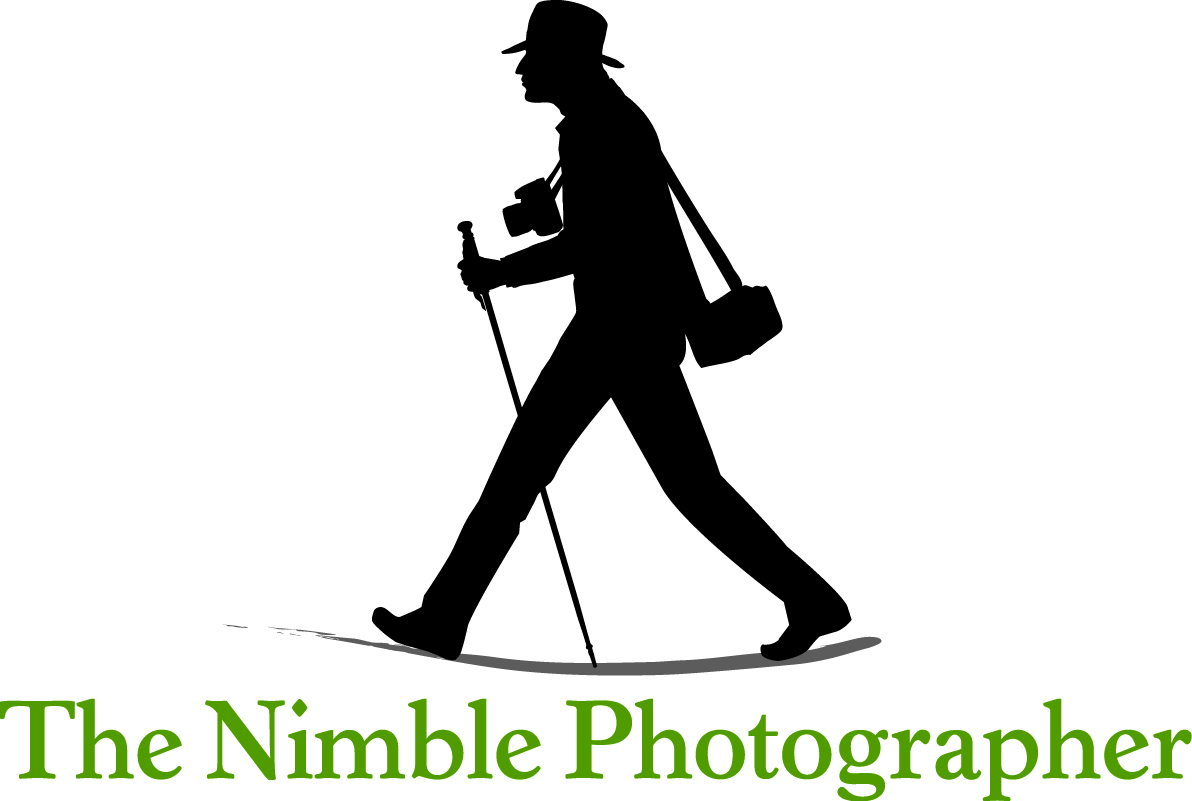I'm not clear on the origin of "Dry Run."
My personal favorite is from, "...prohibition when moonshine runners would run the route without carrying any alcohol to get to know the route better, and improve their speed for the actual run (hence a "dry" run)." (Joel Glovier). But it's most likely from fire departments giving exhibitions of their prowess at carnivals or similar events.
Regardless, I'm on one right now.
Even though I'm traveling by car through Southern California, I'm pretending that I'm in an exotic land with few services. That is, except when I'm hungry and need to make a dash to the nearest Mexican restaurant. (BTW: I had a chicken mole yesterday to die for!)
So far, I've discovered just a few flaws in my packing strategy. My approach is to put what I think I need in my Lowepro Pro Tactic 350, which would be my carry-on across the hemisphere. Then put the questionable items in my suitcase. If I discover that I need something that isn't in my backpack, I still have it with me.
So far, the only adjustment I've made was moving the WD My Passport Wireless hard drive. It was in my suitcase. I need to find a place for it in the backpack. I've discovered that I have to have it with me.
Other than that, just a few tweaks here and there. I still have a couple days to go on this trip, so there might be more fiddling to do.
But for now, I'm ready for the whiskey.
(Hmmm, that might not be allowed on the plane.)
-Derrick
